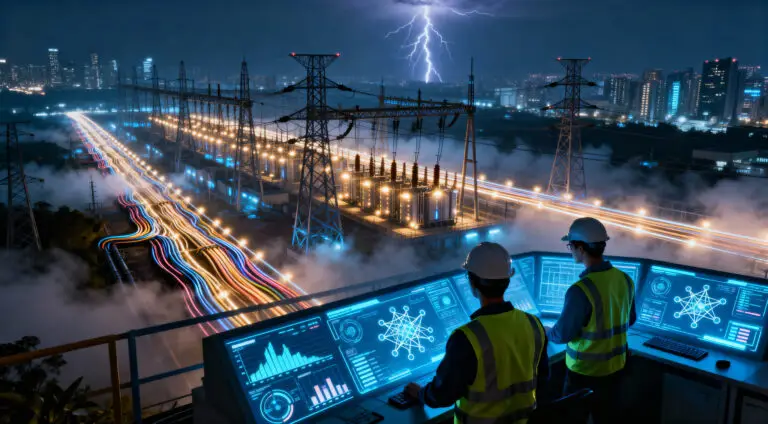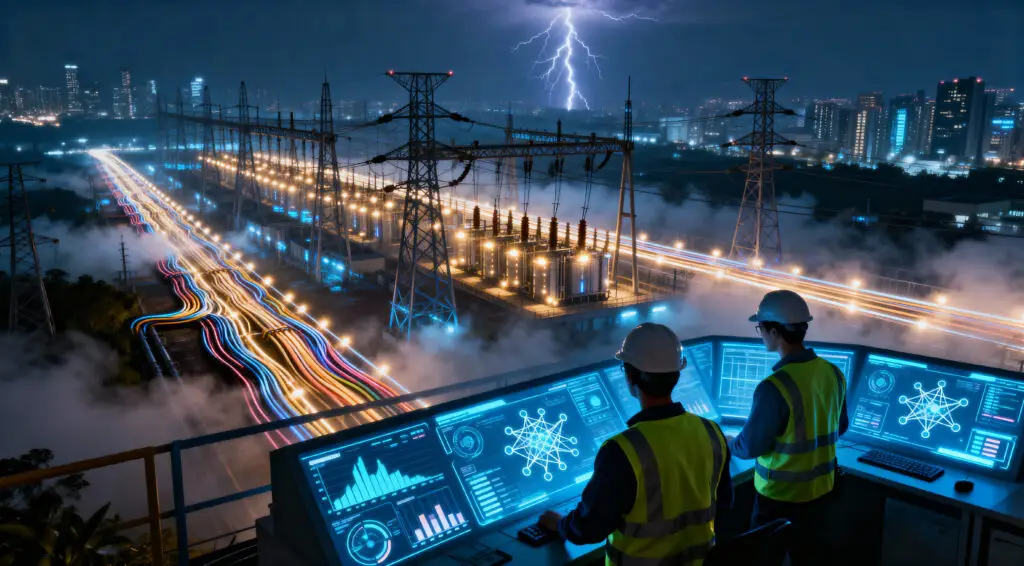\Like many things in this world, artificial intelligence (AI), too, comes at a cost. It powers every facet of business – from repetitive clerical work and customer service exercises to advanced strategic evaluations and everything in between. But with every reward comes a challenge, especially for the business world’s darling AI; the world allocation of resources. The ‘smart’ and ‘intelligent’ labels given to AI systems and automation come with hidden truths, and that truth is the boon of AI rapidly metamorphosing into a burden.
The Silent Energy Glutton in Server Rooms
The realms of creativity and innovation have no bounds, similarly to the energy consumption that comes with training advanced AI models. Energy consumption is one of the primary focuses when it comes to AI. A report filed by MIT found that CO2 emissions from the training of a singular model can exceed 500 metric tons. This is equal to the lifetime emissions of five gasoline-consuming vehicles. Energy consumption doesn’t stop with Training while inference, the operation subsequent to training, also consumes significant energy in the form of queries and responses. Assisting AI systems on the larger scale only exacerbates the issue – demands for data and computational resources increase at an accelerated pace creating an arms race against the environment.
The Underlying Effects of Hardware: Extracting Resources from Earth
\The server racks, GPUs, and other specialized chips that form the physical infrastructure of the AI revolution also serve as a form of environmental exploitation. The mining of certain natural resources causes destruction to nature. The physical parts that foster the development of Artificial Intelligence have multidimensional workings. The AI revolution doesn’t come for free, as deploying NVIDIA GPUs or custom-built server chips surreptitiously support NVIDIA and other companies’ ecosystem dismantling hardware mining AI. In order to build the AI machines we call “intelligent”, fragile and delicate ecosystems are required to literally get pulled apart.
The Positive and Negative Effects of ‘Green AI’
The idea that Artificial Intelligence can be implemented in spheres that revolve around solving climate change, for example monitoring deforestation or optimizing traffic, is arguable. Many of those applications bring enormous damage to the green policies they supposedly work for. Rather than cutting the carbon footprint, green AI becomes an unjust aid. The Organization for Economic Cooperation and Development points out that most AI endeavors lack a holistic environmental impact assessment based on the way it will be utilized and instead only use it devoid of considering its use and energy requirements.
Exposing the Myth of Illusory Cleanliness in the Digital World
The misconception that the digital world is a “clean” world is one that many people share. It’s a comfortable belief for some, allowing for rapid socioeconomic progress. The fact remains, however, that AI operates on power, and a large volume of such power is still derived from fossil fuels. Until clean energy becomes the norm, AI remains a component of the climate crisis. The oversight is dangerous, especially amongst advocates of AI technology, who do not comprehend the hidden layers of its backend climate problem.
Economic Imbalance: Who is the Real Victim Here?
The socio-economic distribution of data centers is yet another factor that enhances AI’s already considerable environmental ethical burden. Energy-guzzling data centers are placed strategically in power cheap regions with relaxed laws, and often are situated in the Global South or rural areas of the North. These regions suffer the consequences of water and power shortages, as well as pollution, whereas the profits from the AI tech bonanza go straight to Microsoft and Apple, and their wealthy customers.
From Black Boxes to Transparent Footprints: A Path Forward
Achieving a more sustainable future in AI necessitates that we rethink the way we design and implement these technologies. A major component of this is Transparency. The manufacturers of AI and all organizations that make use of their models should be legally obligated to reveal the landmarks of civilization obliterated in the making of their models, similarly to the eco-footprint labels placed on food.
In order to truly serve humanity in the long term, AI needs to adopt sustainability as its guiding principle. The approach AI holds today puts the planet’s future at risk for the sake of short-term value. Rethinking the approach taken towards AI, and giving it an empathetic AI vision would help counter this—reenvironmental responsibility needs to be an integral part imprinted on the frameworks of innovation.















